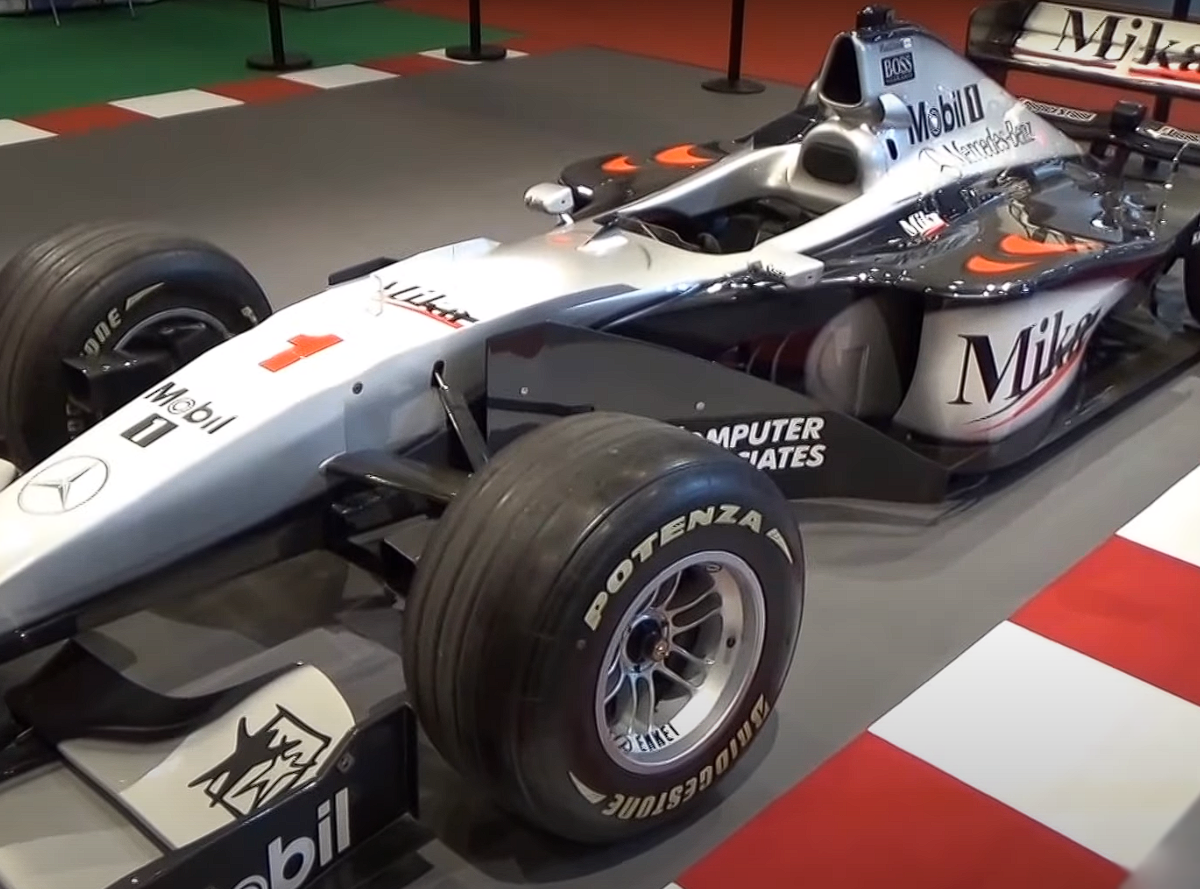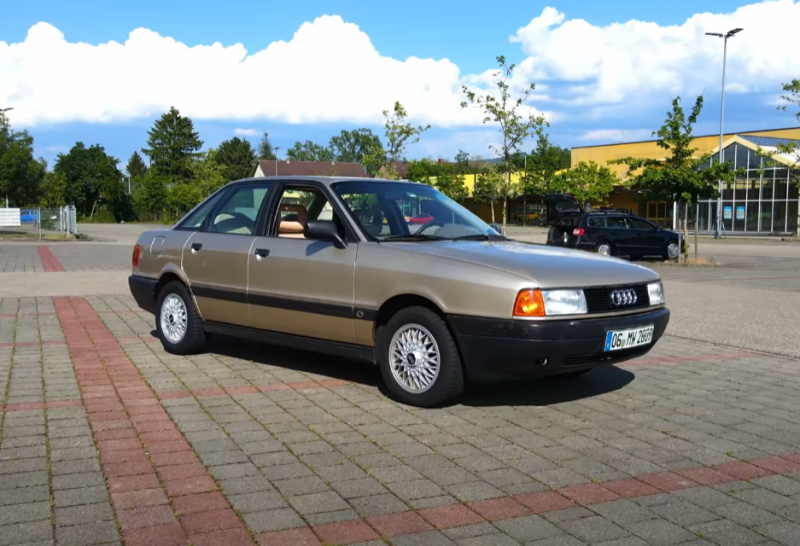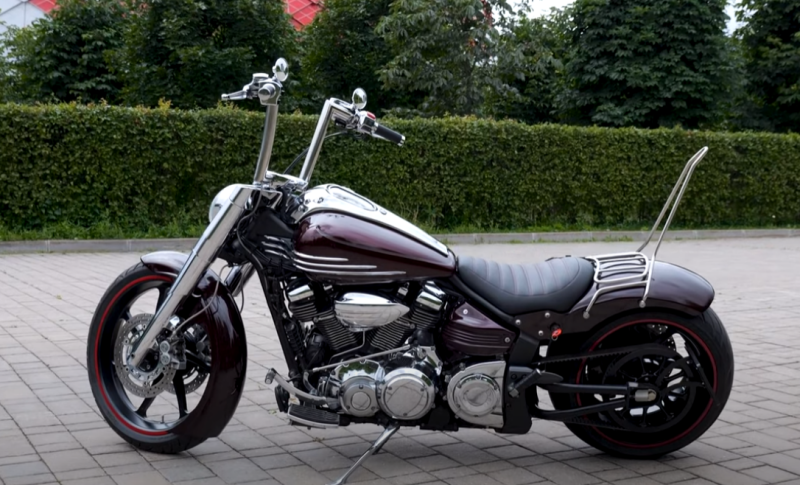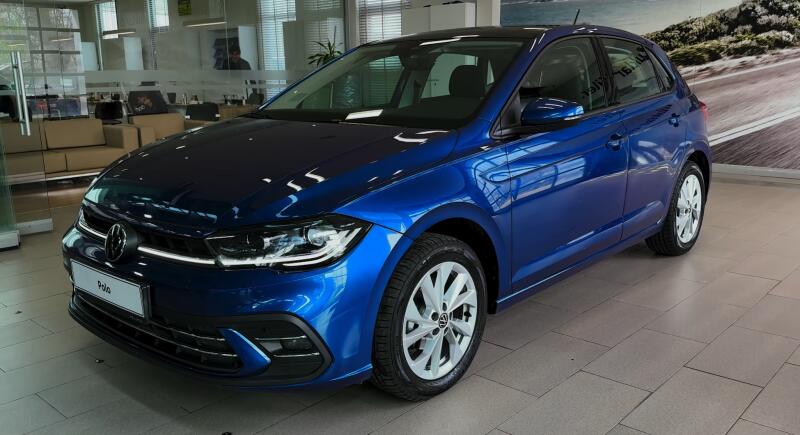Today, your attention is invited to a brief overview of the cars that win races "in one gate", that is, they do not leave their rivals a chance to win. In the jargon of "formulists" such cars are called "self-transporters". But first, let's define terminology. For dominance, we will take only such cases when the team managed to win at least half of the starts during the season.
Alfa Romeo 158/159 Alfetta
In the first two seasons of the World Championship in the Formula 1 class, the scarlet race cars from Milan with powerful compressor eights under the hood, developing power up to 425 horses, had no competitors. In 1950, the "three Fa" team (Fangio, Farina and Fagioli) on these Alfas, won in general in all official grand prix! Of course, with the exception of the race in Indianapolis, but the Alfa Romeo pilots did not start there.
In 1951, the result was more modest, but nevertheless, Alfa Romeo won four times out of eight possible! But at the end of the 1951 season, the Milanese manufacturer decided to leave Formula 1, as a result of which, in 1952, another "irresistible force" appeared in the "queen of motorsport".
Ferrari 500 F2
It is curious that it was the only Formula 2 car that managed to take the championship title in the "queen of motorsport"! Yes - two seasons in the Formula 1 World Championship used lower-class vehicles, and both times Ferrari won the championship.
Against the background of Alfa Romeo "Alfetta", the car from Ferrari looked modest - 170 horses under the hood. Nevertheless, in two years he won 14 victories out of 15 possible!
Mercedes-Benz W196
Daimler-Benz debuted in Formula One in 1954. The German car was not the most powerful - the Maserati engines produced more horses, it was also not the best in terms of handling. But the combination of a good engine, chassis and "maestro" Juan Manuel Fangio behind the wheel, did not leave the rivals any chance of winning at all. Bottom line: four wins for Fangio, out of five possible. In fact, there could have been more, but the new Mercedes-Benz debuted only at the third stage of the World Championship. Therefore, in 1, the result was even more impressive, Fangio and Moss won five victories in six stages!
Due to the tragedy at Le Mans in 1955, Daimler-Benz announced that they were stopping the racing program. Thus, Mercedes drivers won two world championships, and Juan Manuel Fangio managed to do it both times.
Lotus 25
In the 1963 championship, Jim Clark won seven times in ten stages, and was on the podium twice more. Of course, even the "flying Scotsman" could not have achieved such impressive results without a decent car. It was the Lotus 25, monocoque, the first single-seat car to use this revolutionary chassis concept! Compared to the usual designs using space tubular frames, the monocoque not only gave a twofold gain in weight. It also made it possible to significantly increase the torsional rigidity of the body, and reduce drag.
Lotus 79
Passes under the title of "the best self-carrier of the seventies" is literally on the verge! "Total" eight victories, in sixteen attempts. But if it weren't for the traditionally low reliability of Ethel cars, then in 1978 Mario Andretti and Ronnie Peterson could have won much more often! The Lotus drivers managed to get eleven pole positions, which speaks to the high net speed of this car.
Probably only in Sweden, where Bernie Ecclestone decided to put up "fans" - Brabham BT46C, Colin Chapman's racers had no chance of winning, because Gordon Murray's car had phenomenal downforce. Subsequently, Niki Lauda recalled that the Swedish Grand Prix was for him the easiest victory in his career.
But this is not about "fun car", but about Lotus. Back in 1977, Colin Chapman's cars had a "ground effect". This innovation allowed Ethel's cars to dominate in 1978, and become one of the first personifications of self-carriage.
McLaren MP4/2 TAG
Ron Dennis's team revolutionized Formula One with the introduction of the first composite monocoque. McLaren's chief designer, John Barnard, decided to use carbon instead of the usual riveted aluminum panels. The following factors also contributed to the success:
- ? Powerful and economical TAG-Porsche turbo engine
- ? Michelin tires
- ? Racers. Niki Lauda and Alain Prost were driving the red and white cars.
As a result, the McLaren team won 12 out of 16 races.
Williams FW11 and FW11B Honda
Despite the fact that the Frenchman Alain Prost, who played in the McLaren team, became the world champion in 1986, Frank Williams' cars were the strongest on the tracks in the second half of the eighties. And everywhere, from Silverstone to Monaco, it was difficult to fight Nelson Piquet and Nigel Mansell!
Total bad luck and a severe injury to the team boss allowed Alain Prost, in 1986, to steal the title from under the nose of the “Frank guys”. But in the 1987 season, even Professor Prost could not compete with the updated Williams. During these two seasons, Williams riders have won 18 times, out of 32 possible.
McLaren MP4 / 4 Honda
In 1988, the red-and-white drivers won fifteen victories in sixteen races - a record for the FIA Formula-1 World Championship! Only in Monza, the McLaren pilots missed the victory, and even that because of internal sports sabotage.
The 1988 season was remembered as the beginning of a sharp rivalry between The Professor and The Magician, but in Italy they gave the world a real strategic thriller! Ayrton Senna took the lead from the start, while Alain Prost, who was chasing him, immediately started having problems with the Honda engine - the Japanese unit suddenly began to consume fuel beyond measure! Prost did not have a chance to fight for victory at such an expense, and then the Frenchman decided to outwit his opponent.
Having turned on the engine at full power - to die like this with music, Prost began to methodically put pressure on Senna. Naturally, Ayrton wound up and succumbed to the provocation. This is exactly what Allen wanted! After exchanging fast laps, the Frenchman got off safely, but Senna suddenly found out that he would not have enough fuel for the rest of the race!
The Brazilian switched the engine to economy mode, trying to crawl to the finish line, but Gerhard Berger from the Ferrari team immediately began to overtake him. Trying to win at any cost, Senna took a lot of risks when overtaking round robins, for which he paid the price by not sharing the track with Jean-Louis Schlesser. As a result, the retirement of both McLaren cars and the victory of Ferrari is the only one that year. If not for this double retirement, McLaren MP4 / 4 Honda would have achieved 100% performance.
Williams FW14B
Thanks to the active suspension of the wheels, as well as the powerful Renault engine, Nigel Mansell, the unluckiest top driver since Stirling Moss, still won the world championship!
This was the first case of dominance in Formula 1, which we witnessed with our own eyes, because in 1992 live broadcasts from the World Championship began in Russia!
Nigel Mansell won nine times in sixteen stages, and once again his partner, Riccardo Patrese, succeeded. The season ended with ten wins for Williams. But Williams dominance did not end there - the following season, Frank's drivers, and now it was Alain Prost and Damon Hill, won ten more Grands Prix!
McLaren MP 4/13 Mercedes
Nine out of sixteen victories - this is exactly what happened to the return of the team of Ron Dennis and Mercedes-Benz to the top of the formula Olympus! The design philosophy of Adrian Newey and the powerful engine with "beryllium" pistons brought Mika Hakkinen the world championship victory. The following year, the Finnish rider managed to repeat his achievement.
Ferrari F2002 and Ferrari F2004
At the beginning of the 1s, the Italian stable had no competitors in formula XNUMX. True, for some reason, the Reds managed to convincingly dominate only in even years, but this was enough to rewrite the history of auto racing!
In 2002, Scuderia Ferrari won 16 victories, thereby surpassing the "eternal record" of the 1988 McLaren Honda. Indeed, there were a couple of differences.
- ? First, in 2002 there were twenty races on the calendar, not sixteen.
- ? Secondly, Alain Prost and Ayrton Senna won for McLaren, and in Ferrari, in fact, only Michael Schumacher won.
In 2004, Ferrari failed to repeat its record of 2002, but nevertheless Schumacher and Barrichello won fifteen times out of a possible eighteen!
As you have just seen, the dominance of one team has happened in Formula 1 before. True, before the superiority was not as long in time as in the case of Mercedes-Benz. After all, the Germans knew no equal from 2014 to 2020, having won 106 victories in 138 stages during this time.

















